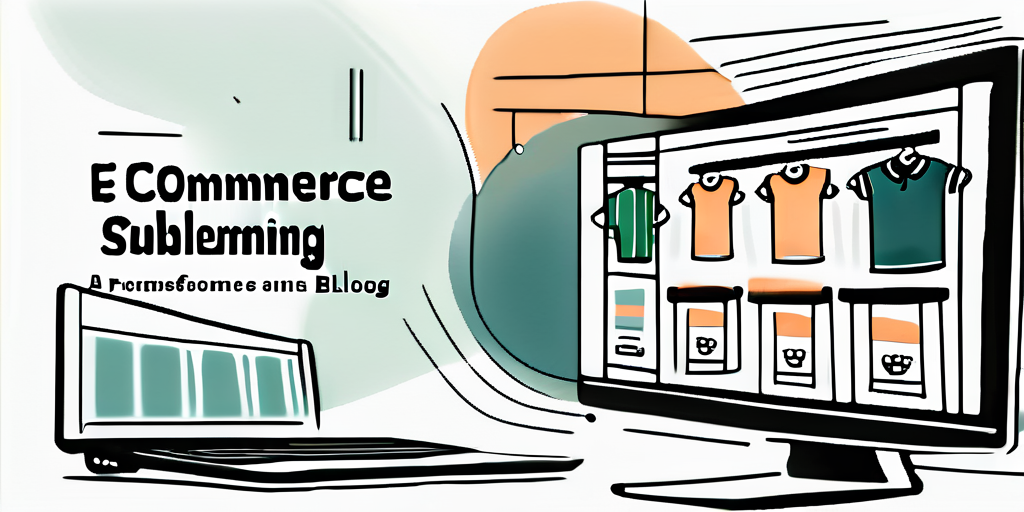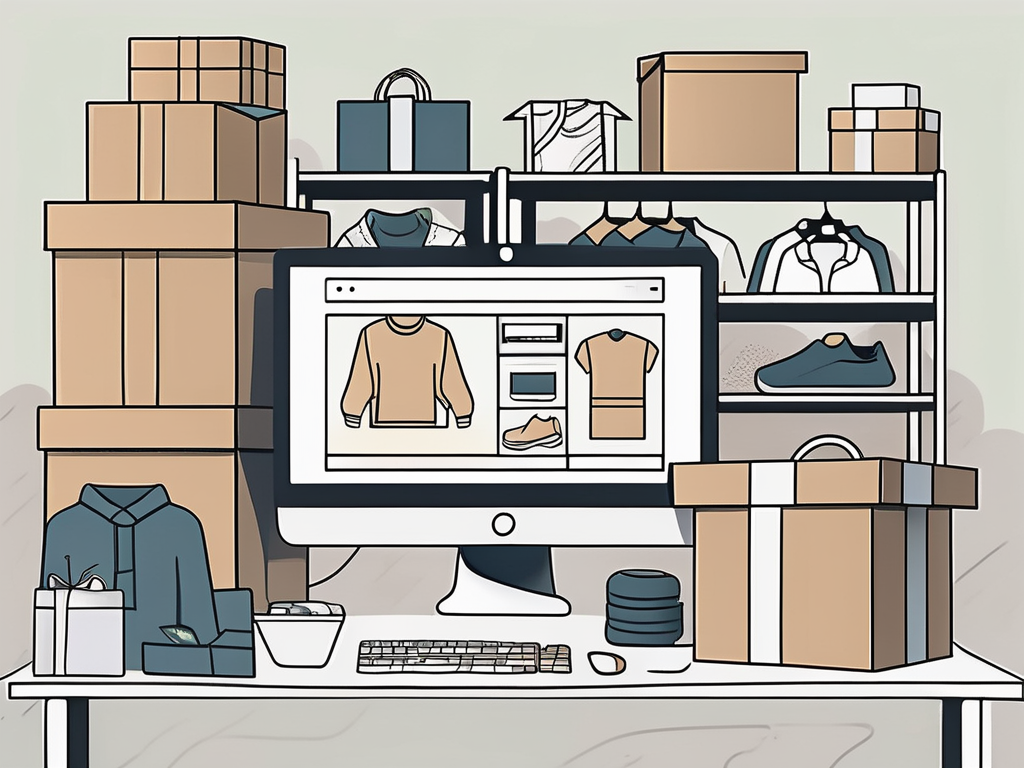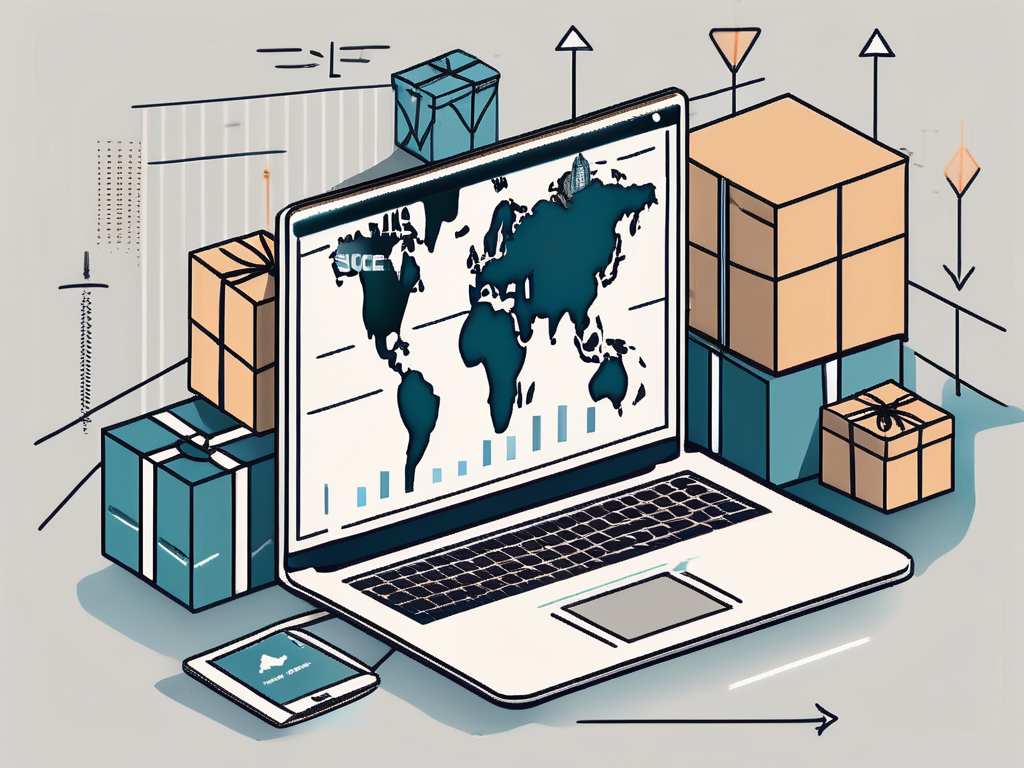If you’re looking to start your own dropshipping business but don’t want to spend any upfront costs, you’re in luck. In this comprehensive guide, we’ll show you how you can start dropshipping for free and build a successful online store. We’ll cover everything from understanding dropshipping to finding reliable suppliers. Let’s dive in!
Understanding Dropshipping
What is Dropshipping?
Dropshipping is a business model where you sell products without holding any inventory. Instead of stocking the items yourself, you partner with suppliers who handle the storage, packaging, and shipping of the products directly to your customers. As a dropshipper, you act as a middleman between the supplier and the customer.

Benefits of Dropshipping
There are several advantages to starting a dropshipping business:
- Low Startup Costs: Since you don’t need to buy inventory upfront, you can start with minimal investment.
- No Inventory Management: With dropshipping, you don’t have to worry about storing, packaging, or shipping products.
- Wide Product Selection: As a dropshipper, you can offer a wide variety of products without having to buy them in bulk.
- Location Independence: You can run your dropshipping business from anywhere with an internet connection.
Common Misconceptions About Dropshipping
Before we proceed, let’s clear up some misconceptions about dropshipping:
- You need a large budget to start dropshipping – False. With the right strategies, you can start with no upfront costs.
- Dropshipping is a get-rich-quick scheme – False. Like any business, dropshipping requires time, effort, and dedication to succeed.
- You don’t need any specific skills to start dropshipping – False. While you don’t need to be an expert, basic business and marketing knowledge is beneficial.
Now that we’ve covered the basics of dropshipping, let’s delve deeper into the intricacies of this business model. One key aspect to consider is finding reliable suppliers. It’s crucial to partner with suppliers who not only offer quality products but also have a proven track record of timely and efficient order fulfillment. Conducting thorough research and reading customer reviews can help you identify trustworthy suppliers.
Another important factor to consider is selecting the right niche for your dropshipping business. While it may be tempting to offer a wide range of products, focusing on a specific niche can help you target a more defined audience and build a loyal customer base. Take the time to analyze market trends, identify popular products within your chosen niche, and understand the needs and preferences of your target customers.
Preparing to Start Your Dropshipping Business
Identifying Your Niche
Before diving into dropshipping, it’s crucial to identify your niche. Research popular product categories and trends to find a niche that aligns with your interests and has market demand. Choose a niche that you’re passionate about to stay motivated throughout your journey.
When selecting your niche, consider factors such as competition, target audience, and product availability. Conduct thorough market research to understand the needs and preferences of your potential customers. This will help you tailor your product offerings and marketing strategies to meet their expectations.
Researching Your Competition
Once you’ve identified your niche, it’s essential to research your competition. Analyze their product offerings, pricing, marketing strategies, and customer reviews. Use this information to differentiate yourself from the competition and offer a unique value proposition to your customers.
Additionally, studying your competitors can provide valuable insights into industry trends and customer preferences. By understanding what works well for others in your niche, you can adapt and refine your own business strategies to stay ahead of the game.
Setting Your Business Goals
Before launching your dropshipping store, set clear and achievable business goals. Define your target revenue, marketing objectives, and customer acquisition strategies. Setting goals will help you stay focused and measure your progress as you grow your business.
Consider both short-term and long-term goals to ensure a balanced approach. Short-term goals can include reaching a certain number of sales within a specific timeframe, while long-term goals may involve expanding your product range or entering new markets. By setting goals, you’ll have a roadmap to guide your actions and make informed decisions along the way.
Building Your Dropshipping Store
When building your dropshipping store, it’s important to choose the right platform. Consider factors such as ease of use, customization options, scalability, and available integrations. Popular options include Shopify, WooCommerce, and BigCommerce.

But let’s dive a little deeper into each of these platforms, shall we? Shopify, for example, is known for its user-friendly interface and extensive app store. It offers a wide range of themes and templates to choose from, allowing you to customize your store to match your brand’s unique style. With its robust inventory management system and seamless integration with various shipping carriers, Shopify makes it easy to manage your dropshipping business efficiently.
On the other hand, WooCommerce, a plugin for WordPress, offers unparalleled flexibility and control over your online store. With its vast array of plugins and extensions, you can customize every aspect of your store, from the design to the functionality. WooCommerce also provides seamless integration with popular payment gateways, making it a popular choice for those who want complete control over their dropshipping business.
And let’s not forget about BigCommerce, a platform that combines ease of use with powerful features. BigCommerce offers a wide range of built-in tools and integrations, allowing you to create a professional-looking store without the need for extensive coding knowledge. With its robust SEO capabilities and advanced analytics, BigCommerce helps you optimize your store for maximum visibility and profitability.
Designing Your Online Store
A visually appealing and user-friendly online store is crucial for attracting and retaining customers. Choose a clean and professional design that aligns with your brand. Optimize your store for mobile devices and ensure smooth navigation to enhance the customer experience.
When it comes to designing your online store, there are a few key elements to consider. First and foremost, your store’s design should reflect your brand’s identity and values. Choose colors, fonts, and imagery that resonate with your target audience and create a cohesive visual experience. Remember, consistency is key when it comes to building brand recognition and trust.
Additionally, optimizing your store for mobile devices is essential in today’s mobile-first world. With more and more people shopping on their smartphones and tablets, it’s crucial to ensure that your store looks and functions flawlessly on smaller screens. Responsive design is the key here, allowing your store to adapt to different screen sizes and resolutions seamlessly.
Setting Up Payment Gateways
Integrating secure and reliable payment gateways is essential for processing customer transactions. Research and choose payment gateways that are trusted by your target audience. Popular options include PayPal, Stripe, and Authorize.net.
When selecting a payment gateway for your dropshipping store, it’s important to consider factors such as security, ease of use, and compatibility with your chosen platform. PayPal, for example, is a widely recognized and trusted payment gateway that offers seamless integration with most major ecommerce platforms. It provides robust fraud protection and a user-friendly interface, making it a popular choice for both merchants and customers alike.
Another popular option is Stripe, known for its simplicity and developer-friendly features. Stripe offers a seamless checkout experience and supports a wide range of payment methods, including credit cards, digital wallets, and even cryptocurrencies. With its advanced security measures and extensive documentation, Stripe is a great choice for those who value flexibility and ease of use.
Lastly, Authorize.net is a payment gateway that has been around for quite some time. It offers a wide range of features, including recurring billing, fraud detection, and support for multiple currencies. With its robust reporting tools and extensive integrations, Authorize.net is a reliable choice for merchants looking for a comprehensive payment solution.
Finding and Working with Suppliers
How to Find Reliable Suppliers
Finding reliable suppliers is crucial for the success of your dropshipping business. Look for suppliers with a proven track record, good customer reviews, and competitive pricing. You can find suppliers through online directories, trade shows, or by reaching out to manufacturers directly.

When searching for suppliers, it’s important to consider their location. Working with suppliers in close proximity can reduce shipping costs and delivery times, which can ultimately improve customer satisfaction. Additionally, consider the size of the supplier’s operation. Larger suppliers may have more resources and capacity to handle your business needs, while smaller suppliers may offer more personalized service.
Negotiating with Suppliers
Once you’ve found potential suppliers, it’s important to negotiate favorable terms. Discuss pricing, shipping options, and return policies to ensure a mutually beneficial partnership. Building strong relationships with your suppliers will help you deliver excellent customer service and maintain a reliable supply chain.
When negotiating with suppliers, consider the potential for long-term partnerships. If you anticipate a high volume of orders, discuss the possibility of volume discounts or exclusive arrangements. This can help you secure better pricing and ensure a steady supply of products.
Managing Supplier Relationships
Effective communication and relationship management with your suppliers are key to running a successful dropshipping business. Keep open lines of communication, provide clear product specifications, and address any issues promptly. Regularly evaluate your supplier’s performance to ensure they continue to meet your expectations.
Consider implementing a supplier scorecard system to objectively evaluate your suppliers. This can include metrics such as on-time delivery, product quality, and responsiveness. By regularly reviewing your suppliers’ performance, you can identify areas for improvement and address any concerns proactively.
Furthermore, consider diversifying your supplier base to mitigate risks. Relying on a single supplier can leave your business vulnerable to disruptions in the supply chain. By working with multiple suppliers, you can ensure a more stable and resilient operation.
By following this comprehensive guide, you’ll be well-equipped to start your own dropshipping business without any upfront costs. With determination and the right strategies, you can build a profitable online store and achieve financial success.


